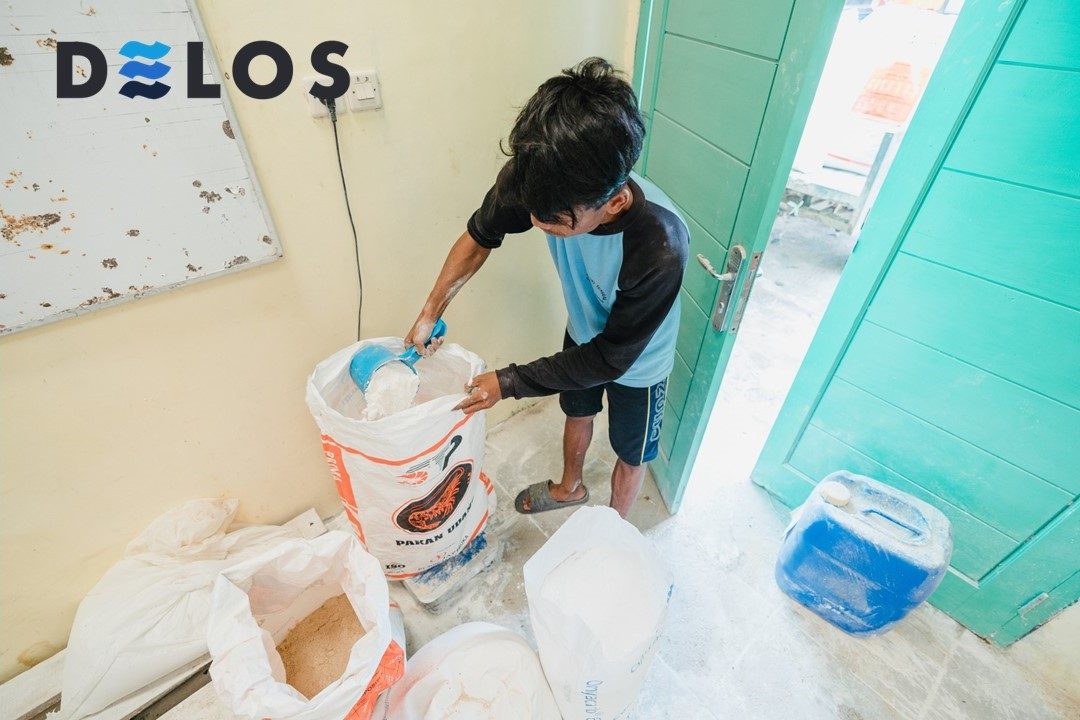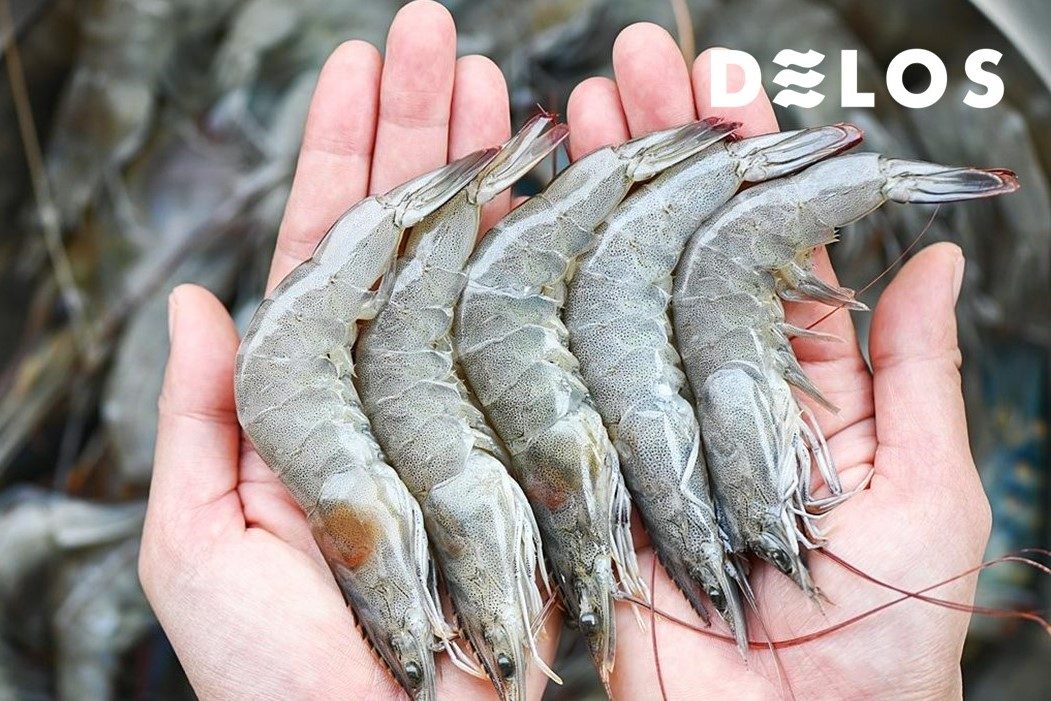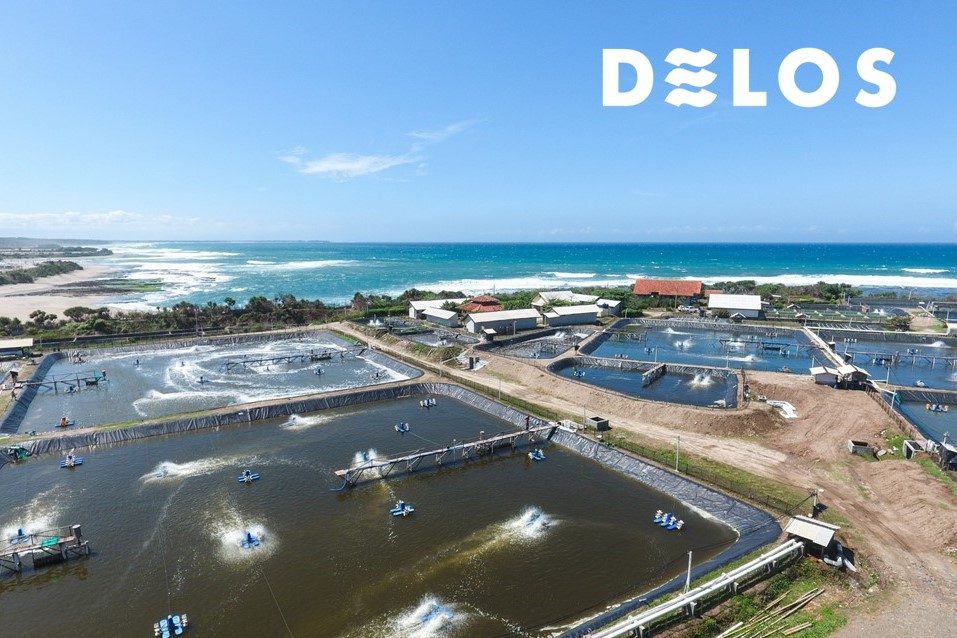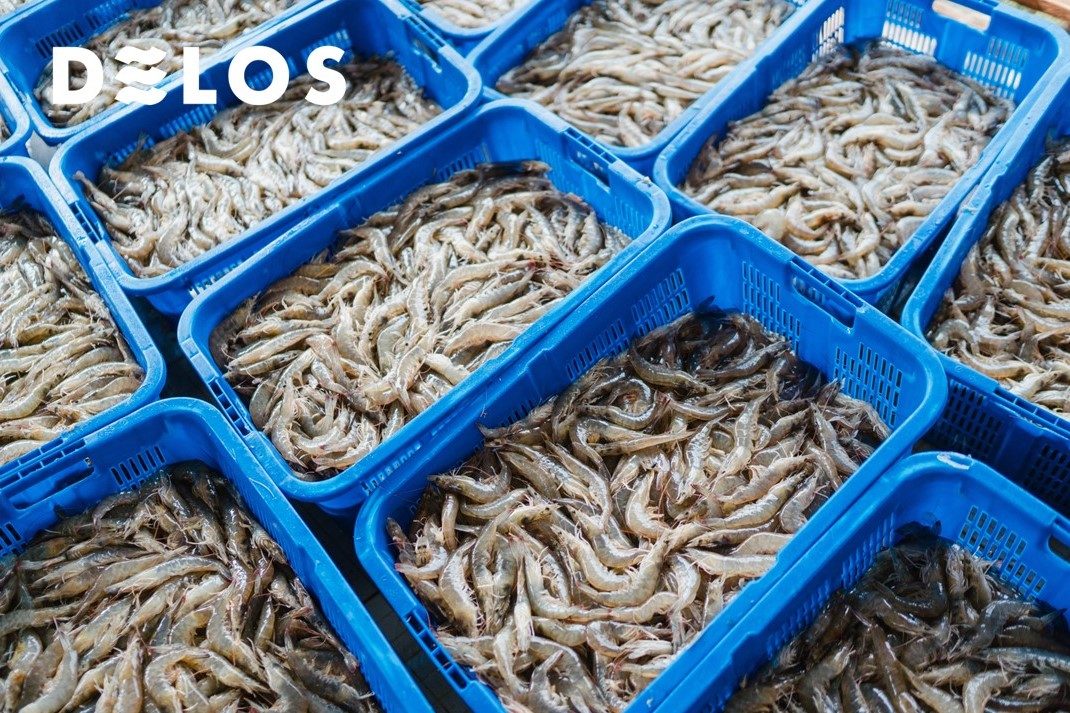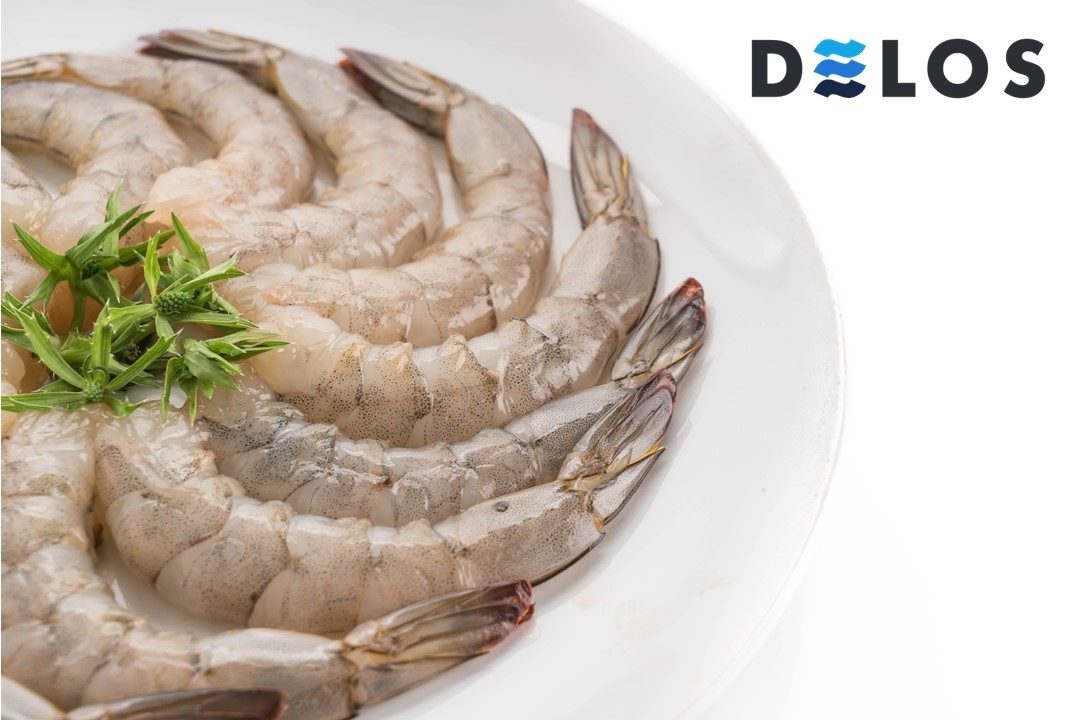Tips for Providing Minerals for Shrimp Ponds
Minerals for shrimp ponds play an important role in stabilising pH, stimulating plankton growth, and breaking down harmful compounds in the pond. There are two types of minerals in ponds: from the aquatic environment and those from feed.
The mineral content in ponds can fluctuate during cultivation, both in quality and quantity. This is influenced by shrimp assimilation, water exchange, and seepage.
In addition to benefiting shrimp, minerals also support the process of plankton photosynthesis in ponds. If plankton in the pond is stable, the environment will also be good.
So, what are the tips for providing minerals for shrimp ponds for optimal cultivation results? Find out more in the following article!
Also Read: 6 Authentic Japanese Shrimp Recipes
The Importance of Sufficient Minerals for Shrimp Ponds
The mineral requirements for vannamei shrimp range from 2-5% of the total shrimp feed. However, in ponds with higher stocking densities, the required mineral supply should also be higher.
If minerals for shrimp ponds are insufficient or unbalanced, the consequences can be fatal. This can range from disturbances in the pond ecosystem, and shrimp health problems, to decreased productivity and quality of harvests.
A lack of minerals in shrimp ponds can also result in microorganisms such as plankton not thriving properly. This can also lead to a decrease in water quality, which can cause shrimp to become stressed and more susceptible to pathogen infections.
Also Read: Danger of Shrimp Diseases Caused by Viruses
Tips for Providing Minerals for Shrimp Ponds
1. Choose the Needed Minerals
Select minerals for shrimp ponds according to the needs of the cultivated shrimp. Some common minerals important for shrimp growth include Calcium, Magnesium, Sodium, Potassium, Phosphorus, Chlorine, Sulfur, Iron, Copper, Manganese, Zinc, Cobalt, Molybdenum, Chromium, Selenium, Fluorine, Iodine, and Nickel.
2. Pay Attention to Calcium Levels
Calcium is a crucial micromineral for the formation of strong shrimp shells. Ensure an adequate amount of calcium in the pond water, either through direct supplementation or by adding it to the feed.
3. Provide the Right Dosage
Minerals for shrimp ponds should be in the correct composition and needed by the shrimp in the pond. Avoid giving too many minerals, especially if not needed, as this can cause overdoses and have negative impacts on shrimp health and overall water quality.
4. Consider Environmental Factors
Take into account environmental factors such as water quality parameters before providing minerals for shrimp ponds. Different water environment conditions or conditions not being optimal can affect mineral absorption by shrimp.
5. Continuously Monitor Mineral Balance
Changes in mineral balance can occur over time due to various factors, including shrimp growth, water usage, and decomposition of organic matter.
Monitoring mineral levels in ponds can be done by routinely testing the water. This includes chemical, physical, and biological testing.
Also Read: Understanding the Types of Plankton in Shrimp Ponds
More Productive Vannamei Shrimp Cultivation with DELOS!
Minerals for shrimp ponds should be within the optimal range to ensure shrimp grow optimally. Therefore, it is important for farmers to always monitor the mineral composition in their shrimp ponds.
Now you can easily carry out shrimp cultivation with DELOS. DELOS is the best aquatech company based on science, technology, and operational management that can help you manage and increase the productivity of your ponds.
DELOS shrimp pond management is also integrated with AquaHero, making it easier for you to monitor shrimp ponds every day, including daily water quality parameter monitoring.
Contact the DELOS Team via contact@delosaqua.com or submit through the contact column on our website at www.delosaqua.com to learn more about DELOS shrimp pond management. Vannamei shrimp cultivation is more productive with DELOS!


